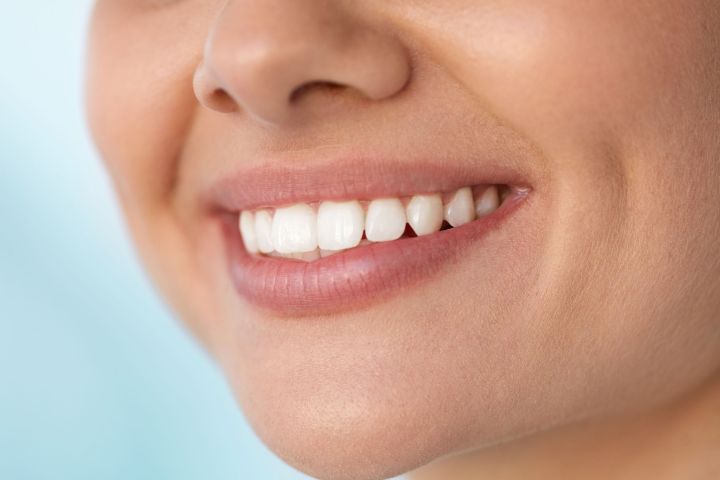
This last idea is one that researchers from the University of Minnesota recently set out to explore with a new study, designed to uncover the components inherent in a good smile.
“We teamed up with a digital artist and medical facial specialists to develop a 3D model of the human face capable of realistically creating the subtle spatio-temporal variations seen in facial expressions,” Dr. Sofia Lyford-Pike, one of the author on the study, told Digital Trends. “We created short animations of smile-like expressions by systematically manipulating three spatial features: smile angle, smile extent, and teeth show, as well as dynamic symmetry. To determine which combinations of smile features were most successful, we asked over 800 participants to rate the smile animations in terms of their ‘effectiveness,’ ‘genuineness,’ ‘pleasantness,’ and perceived emotional intent.”

The conclusion the researchers reached was that, for the most part, big V-shaped smiles with lots of teeth are worse than subtler, less manic ones. And that there is such a thing as a smile that’s too perfect. “Two aspects of the results were surprising,” Lyford-Pike said. “The smile ‘sweet spot’ that we discovered contradicts the ‘more is always better’ principle, which is currently guiding medical practice. [Also], slight temporal asymmetries are preferred over smiles that evolve in a perfectly symmetric fashion. To our surprise, perfect mirror image smiles were rated as faker and creepier than smiles with slight temporal asymmetries.”
If you’re wondering why researchers are investing so much time in figuring out the perfect smile, though, don’t worry: this isn’t open-ended research with no useful applications. “The goal is to understand precisely what makes a smile successful, for the purpose of improving facial reanimation surgeries for patients with partial facial paralysis,” Lyford-Pike concluded. “Beyond this immediate application, our results can be useful for creating more realistic animation of facial expressions in digital environments. A future goal is the development of personalized biofeedback applications, which can be used to improve one’s ability to display and perceive facial expressions.”
You can read the full study in the online journal PLOS One.


